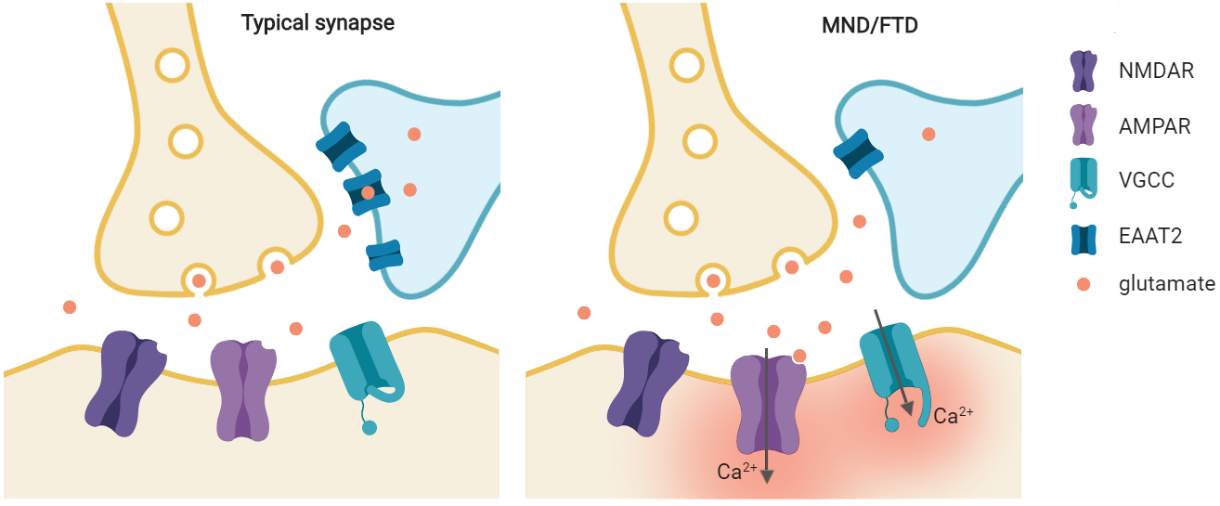Gabriella Chan is a PhD candidate in the Department of Biomedical Sciences of the Faculty of Medicine and Health Sciences at Macquarie University. Gabriella completed her undergraduate degree in Computer Science and Science at the University of New South Wales in 2016. She joined Prof. Lars Ittner's group in 2017 at The University of New South Wales, where she completed her honours in Neuroscience. In 2019 she completed a Master of Research in Macquarie University, and continued on to a PhD program with the Dementia Research Centre in 2020.
Forefront Group: Dementia Research Centre
Supervisors:
Yazi Ke, Annika van Hummel
Neurodegeneration of interest:
AD, FTD, MND, stroke, seizure, ageing
Expertise:
- Mouse models
- Calcium signalling
- Bioinformatics
Affiliate Organisations
Macquarie University
Specific Skills:
- In vivo microscopy
- Histology
- Python programming
- Differential gene detection
- Machine learning
Project - Calcium signalling and excitability changes in Motor Neurone Disease and Frontotemporal Dementia
Disease area:
MND, FTD
Research Project Description
Complex changes in neuronal excitability and calcium dynamics have been reported in motor neurone disease (MND) and frontotemporal dementia (FTD). MND and FTD patients exhibit dramatic and selective loss of the astrocytic excitatory amino acid transporter 2 (EAAT2) necessary for the clearance of synaptic glutamate. Increased extracellular glutamate levels cause disturbances in glutamate neurotransmission and activate NMDA and AMPA receptors (NMDARs, AMPARs). While these are both typically Ca2+ impermeable, AMPARs are rendered selectively Ca2+ permeable by errors in mRNA editing in vulnerable patient motor neuron populations. Increases in Ca2+ influx lead to a loss of Ca2+ homeostasis and buffering potential in patient derived motor neurons, and an increase in endoplasmic reticulum stress in MND-FTD. Accordingly, RNA sequencing experiments from our group and others show significant downregulation of proteins involved in ion transport, synaptic transmission, and Ca2+ signalling.
This project aims to develop two models of calcium changes caused by TDP-43 expression, which will be combined into a small molecule screen. Here we firstly aim to examine the role of TDP-43 pathology on Ca2+ activation in vitro, by inducing TDP-43 variant protein formation in primary neuronal cultures, together with activity reporters along the Ca2+ signalling pathway. Secondly this project aims to investigate Ca2+ signalling in vivo in mouse models of TDP-43 pathology using the Miniscope open-source miniaturised microscope (Cai et al., 2016) and electroencephalography (EEG). Finally, this project aims to identify potential novel treatment targets in MND-FTD. Libraries of commercially available small molecules will be screened through the cell culture assay and the most promising candidates will be applied in mouse models developed here.
Infographic / Medical Diagram / Scientific Diagram / Picture

Synaptic dysregulation in MND/FTD leads to calcium influx and vulnerability to excitotoxicity in disease. NMDAR = NMDA receptor; AMPAR = AMPA receptor; VGCC = voltage-gated calcium channel; EAAT2 = excitatory amino acid transporter 2.